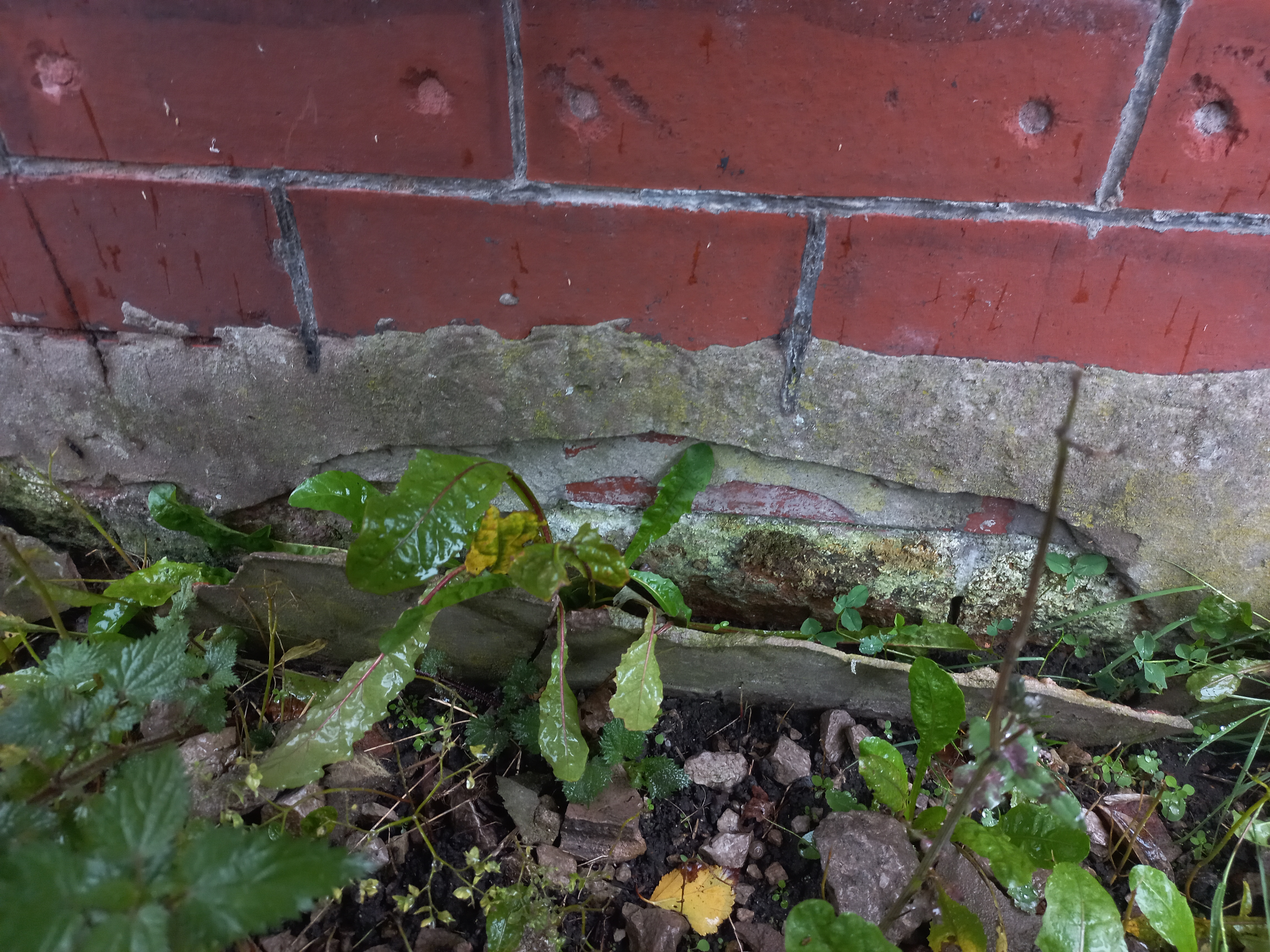We’d like to remind Forumites to please avoid political debate on the Forum.
This is to keep it a safe and useful space for MoneySaving discussions. Threads that are – or become – political in nature may be removed in line with the Forum’s rules. Thank you for your understanding.
PLEASE READ BEFORE POSTING: Hello Forumites! In order to help keep the Forum a useful, safe and friendly place for our users, discussions around non-MoneySaving matters are not permitted per the Forum rules. While we understand that mentioning house prices may sometimes be relevant to a user's specific MoneySaving situation, we ask that you please avoid veering into broad, general debates about the market, the economy and politics, as these can unfortunately lead to abusive or hateful behaviour. Threads that are found to have derailed into wider discussions may be removed. Users who repeatedly disregard this may have their Forum account banned. Please also avoid posting personally identifiable information, including links to your own online property listing which may reveal your address. Thank you for your understanding.
📨 Have you signed up to the Forum's new Email Digest yet? Get a selection of trending threads sent straight to your inbox daily, weekly or monthly!
Level 3 RICS survey: rising damp diagnosed, £7,500 to fix?!
jmo81
Posts: 11 Forumite



Hi,
I'm grateful for any advice, thanks for reading. I have just received the results of a level 3 RICS survey for an end terrace built around 1908. The only concern from that is 'evidence of rising damp to the majority of the ground floor walls' detected using 'a proti-meter'. When I viewed it I had no concerns about damp, the building seemed sound to me. No visible damp patches or damaged plaster. No smell of damp.
Since the only evidence the surveyor could offer came from this meter, and I've reason to doubt their accuracy based on the reading around I've done, it seems off to me. I live very close so have been round today as it was raining heavily, to check the guttering and roof. Everything looked fine. The walls even looked very dry. I've come to disbelieve this diagnosis of rising damp detectable from inside the house. However, I did see something that concerned me -- see pic, by far the worst one I took.
The house did have DPC injected around 2008 and I suspect the cement (? sorry if wrong, I'm no expert on this!) below the injection holes was applied at that time. It is now clearly flaking off and vegetation is growing there which is obviously not ideal.
My worry really is the soundness of those bricks under the cement. They look damp and mossy to me. What the surveyor told me feels wrong, and he never mentions this issue in the report.
My tentative conclusion is if something is wrong, it might be this and perhaps the cement can be removed with potentially the bricks replaced? I really want to buy this house but am afraid it's clouding my judgement.

I'm grateful for any advice, thanks for reading. I have just received the results of a level 3 RICS survey for an end terrace built around 1908. The only concern from that is 'evidence of rising damp to the majority of the ground floor walls' detected using 'a proti-meter'. When I viewed it I had no concerns about damp, the building seemed sound to me. No visible damp patches or damaged plaster. No smell of damp.
Since the only evidence the surveyor could offer came from this meter, and I've reason to doubt their accuracy based on the reading around I've done, it seems off to me. I live very close so have been round today as it was raining heavily, to check the guttering and roof. Everything looked fine. The walls even looked very dry. I've come to disbelieve this diagnosis of rising damp detectable from inside the house. However, I did see something that concerned me -- see pic, by far the worst one I took.
The house did have DPC injected around 2008 and I suspect the cement (? sorry if wrong, I'm no expert on this!) below the injection holes was applied at that time. It is now clearly flaking off and vegetation is growing there which is obviously not ideal.
My worry really is the soundness of those bricks under the cement. They look damp and mossy to me. What the surveyor told me feels wrong, and he never mentions this issue in the report.
My tentative conclusion is if something is wrong, it might be this and perhaps the cement can be removed with potentially the bricks replaced? I really want to buy this house but am afraid it's clouding my judgement.

0
Comments
-
Get a proper company in who specialises in damp, not a a company who comes out from free.2006 LBM £28,000+ in debt.
2021 mortgage and debt free, working part time and living the dream2 -
jmo81 said: The house did have DPC injected around 2008 and I suspect the cement (? sorry if wrong, I'm no expert on this!) below the injection holes was applied at that time. It is now clearly flaking off and vegetation is growing there which is obviously not ideal.Was it the current vendor that had the work done back in 2008 ?If so, ask if the guarantee is still valid and transferable - If it is (to both), give the company hell for doing a shoddy job, and have them undo the damage they have done. Unlikely they will, and will try to wriggle out of honouring the guarantee The bit of paper is usually worthless and full of get-out clauses.I wouldn't be surprised if the moss covered brick in your photo is a hard engineering brick. If it isn't, there may well be some slate hidden in a mortar joint behind the strip of cement render.Any language construct that forces such insanity in this case should be abandoned without regrets. –
Erik Aronesty, 2014
Treasure the moments that you have. Savour them for as long as you can for they will never come back again.2 -
We had a similar comment in our full survey for an 1890 house amounting to £5000+. I knew from reading threads on here that it’s always worth getting it looked at in more detail by an independent specialist surveyor - one that doesn’t offer or is in the business of selling damp treatments. The damp treatments themselves can cause issues in older properties.2
-
jonnydeppiwish! said:Get a proper company in who specialises in damp, not a a company who comes out from free.
Yes, clearly anything that comes for 'free' costs you in some other way
0 -
ss2020jd said:We had a similar comment in our full survey for an 1890 house amounting to £5000+. I knew from reading threads on here that it’s always worth getting it looked at in more detail by an independent specialist surveyor - one that doesn’t offer or is in the business of selling damp treatments. The damp treatments themselves can cause issues in older properties.Ta, will do.0
-
Also worth noting that if they "tanked" it on the inside when they did the pointless injection DPC, depending on what they used it can affect the readings on the Protimeter (which incidentally, are useful for initial investigations and moisture mapping, but absolutely should not be used as the primary method of diagnosing damp)£12k in 25 #14 £15,140.07/£18k 24 #14 £15,653.11/£18k 23 #14 £17,195.80/£18k 22 #20 £23,024.86/£23k1
-
jmo81 said:@FreeBear for some reason the forum flagged my reply as 'suspicious'?!No it was a previous owner and I suspect it was sold around that time so I reckon this work was done off the back of a survey.I suspect an guarantee issued at the time would be worthless, and quite likely the original company has gone out of business and/or morphed in to a new one. These outfits are a slippery bunch of burgers...You are in good hands here and over on the Period Property forum - A wealth of knowledge between the two, and if you do decide to buy, the two forums can guide you through fixing any problems you may uncover.Digging the soil away from the walls should be your first step after taking possession - It need only be a trench 150-200mm wide, and the same deep as long as you don't expose the footings. Back fill the trench with some decorative gravel so that the level finishes about 75mm lower than it currently is. Get the heating on inside over the winter months, and then reevaluate any areas of concern in the spring.
Any language construct that forces such insanity in this case should be abandoned without regrets. –
Erik Aronesty, 2014
Treasure the moments that you have. Savour them for as long as you can for they will never come back again.2 -
Is it occupied or empty?
Our 1908 built end terrace had been empty for some time & the survey mentioned damp in several ground floor rooms. As we were getting work done before we got 3 quotes from builders. 2 (older) builders didn't think any work was needed. The 3rd brought in a 'damp treatment' company who quoted over £3K for the work needed. That was almost 8 years ago, No signs of damp now. No work done to rectify the 'damp' other than ventilation & living in the house. There were no extractor fans at all. We now have one in the kitchen & both bathrooms.1
Confirm your email address to Create Threads and Reply

Categories
- All Categories
- 352.3K Banking & Borrowing
- 253.6K Reduce Debt & Boost Income
- 454.3K Spending & Discounts
- 245.3K Work, Benefits & Business
- 601K Mortgages, Homes & Bills
- 177.5K Life & Family
- 259.1K Travel & Transport
- 1.5M Hobbies & Leisure
- 16K Discuss & Feedback
- 37.7K Read-Only Boards







